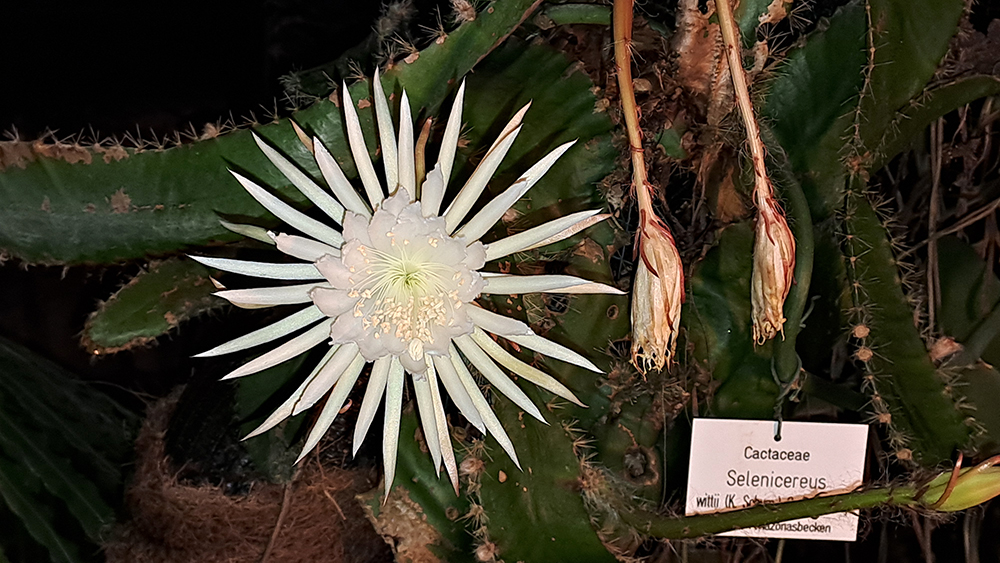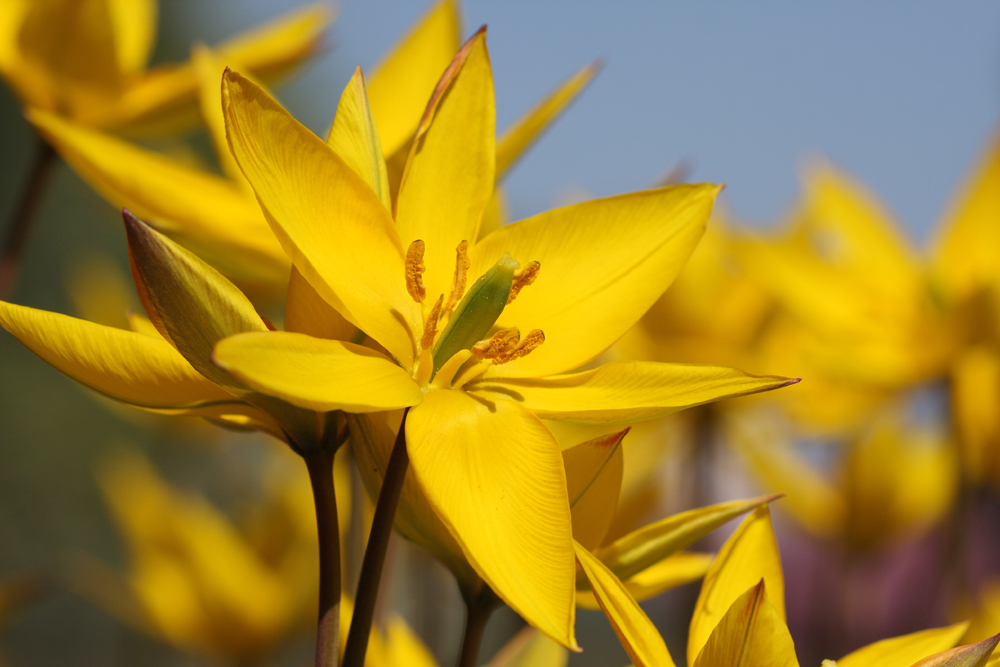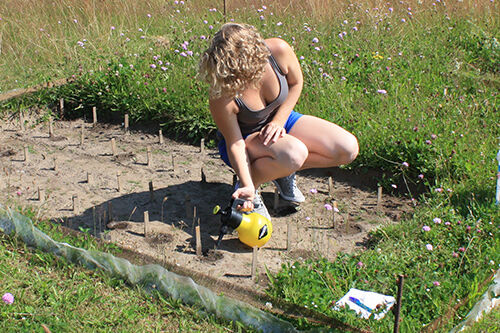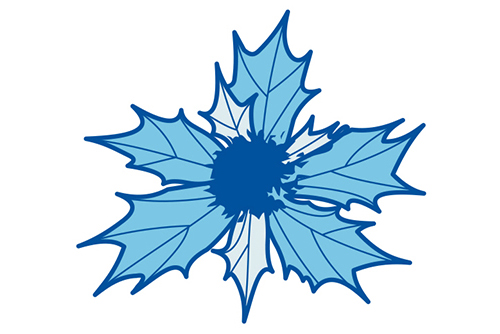June 23 – July 5: Fascinating Plant Life: Forests. Exhibition in Galerie Rostocker Hof
Forests accompany us from childhood: Each of us has walked through them, fairy tales are full of forest stories, and each of us associates a unique combination of silence, wildness, and nature with forests. Beech forests are the most important forests in Central Europe. Despite having visited and dealt with them in one way or another, knowledge about biology, structure, and beauty of forests is decreasing.
From June 23 to July 5, an exhibition on the subject “forest” takes place in the mall „Galerie Rostocker Hof“, in cooperation with the Botanical Garden. It provides insights into the biology of forests, sheds light on fascinating details, and asks you out to forest bathing. This botanical exhibition has been designed and realized by Dr. Nadja Biedinger, passionate botanist at the Department of Botany and Botanical Garden at the University of Rostock. Photos: Dr. Nadja Biedinger, Raoul Biedinger (very right).
• Special Note
Flower opening at 8-fold time lapse
Some days ago the particular cactus Strophocactus wittii (syn. Selenicereus wittii) was in flower. Unlike most of its relatives, it is not native to American deserts but to the widespread floodplain forests of the Amazon where it twines around the trunks of riparian trees. Its flattened leaf-like shoots attach to the bark with aerial roots. Occasionally the cactus gets inundated as it colonizes the trunks at floodwater levels. That's where the seeds float on the water as they contain air-filled chambers. The seeds develop after fertilization of the flowers by specialized night-active moths being able to penetrate the long flower funnel. Length and blooming habit of the white flowers indicate relationship with species being
known as queen of the night or moonlight cactus. The large, whitish, star-shaped flowers unfold during dusk for being open just the following night and closing forever during the upcoming dawn—be it with or without pollination. Due to its requirement of a tropical environment, the cactus can be encountered only scarcely in collections and some Botanical Gardens, and even more seldom with flowers being open as greenhouses would have to be open also during evening darkness. For more photographs and videos please refer to this page.


















